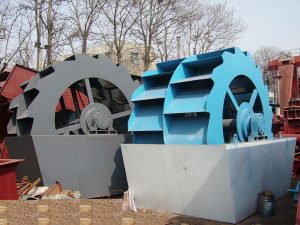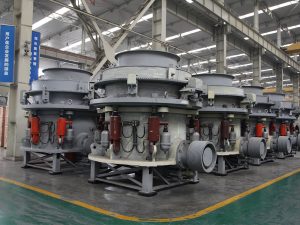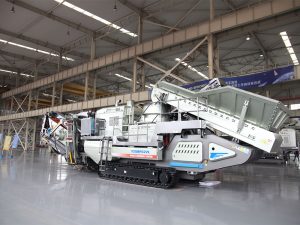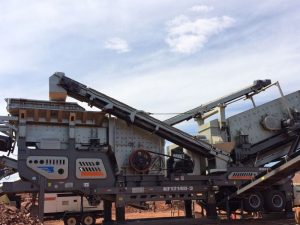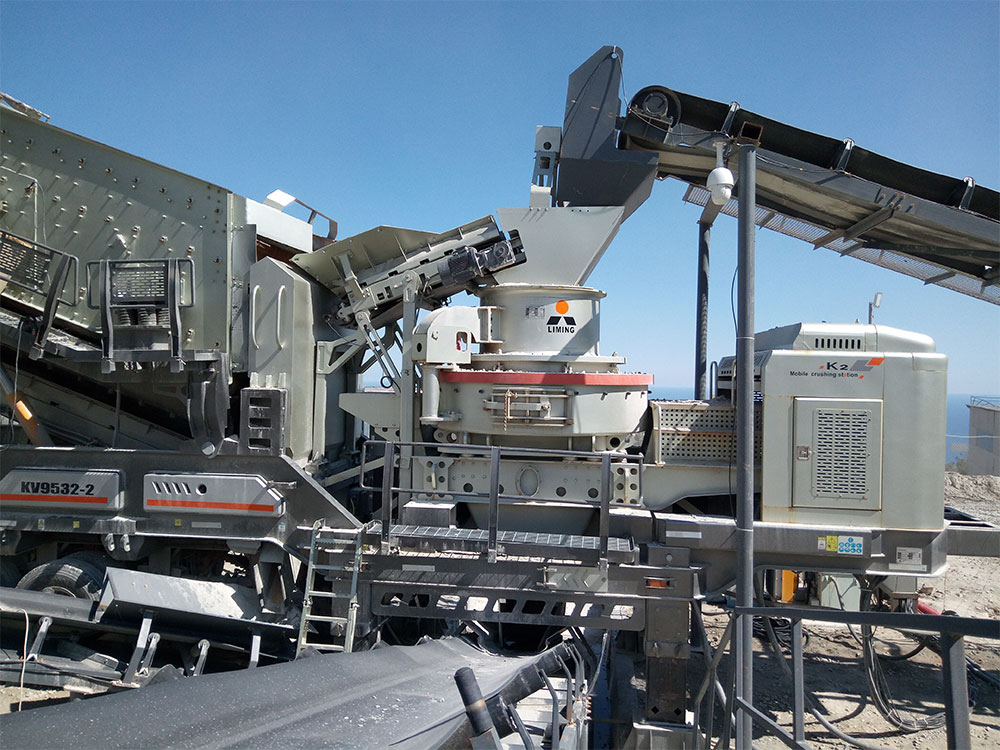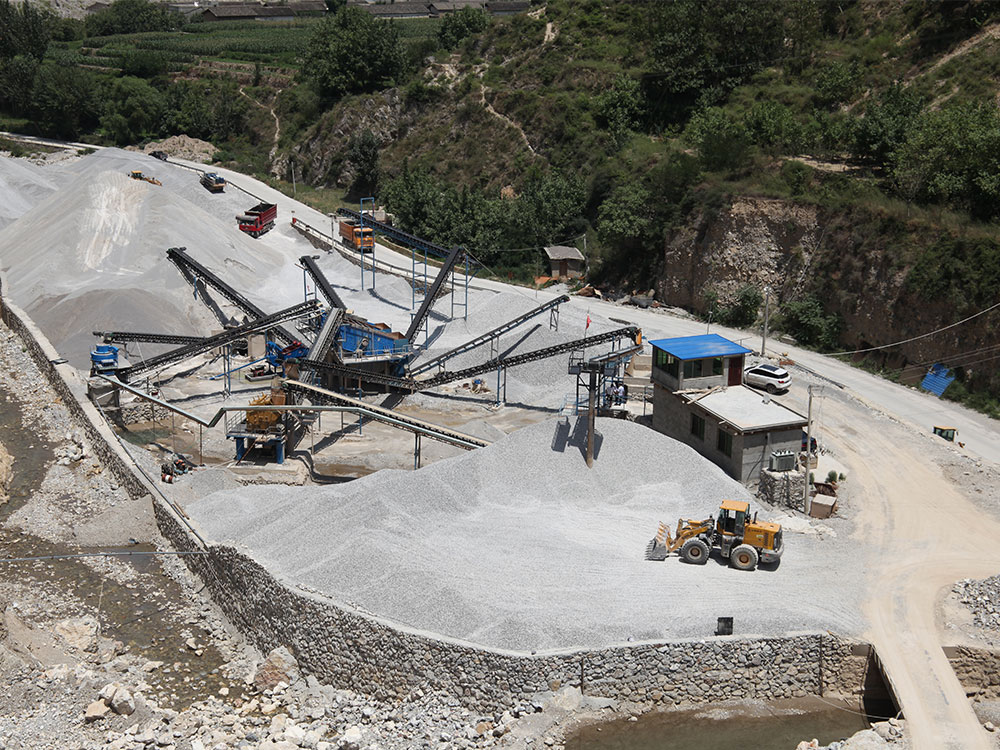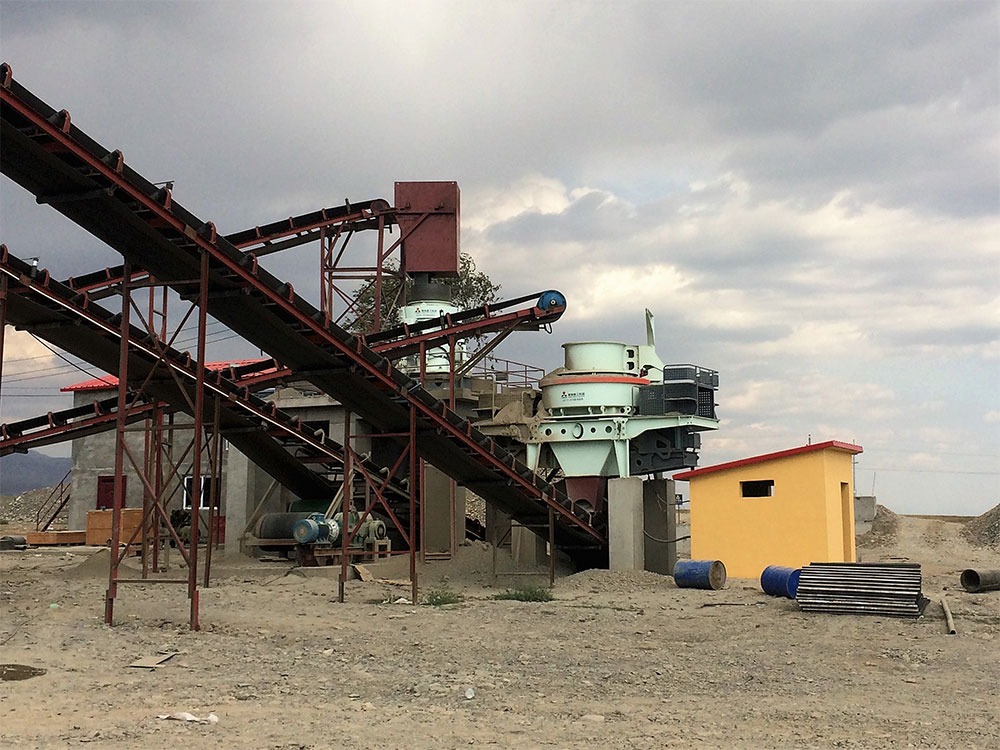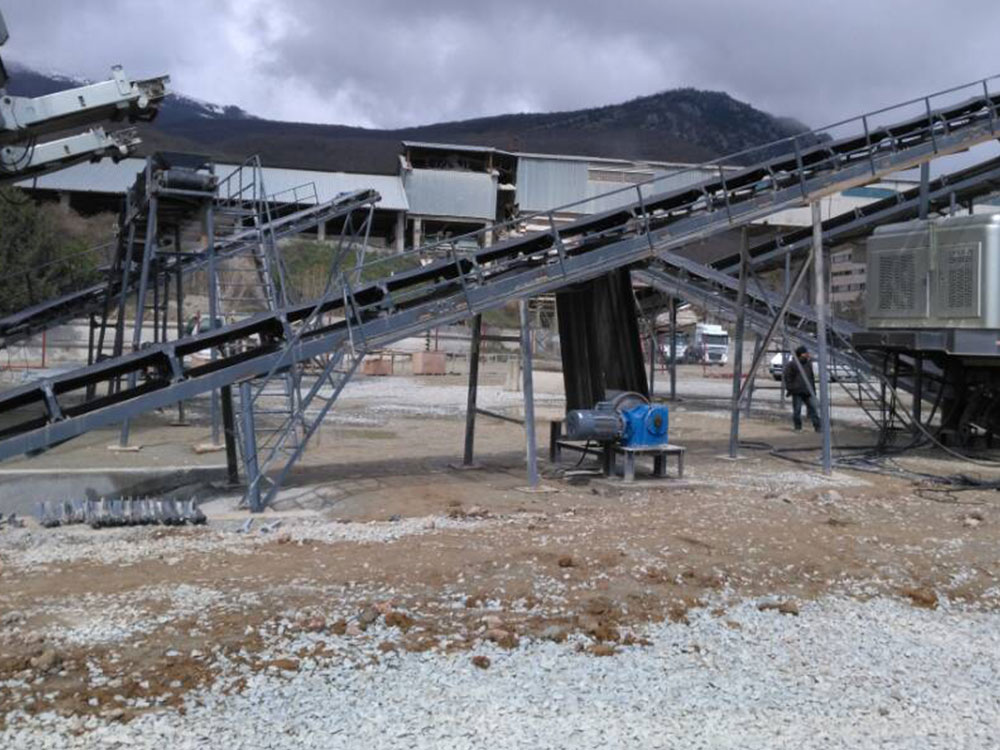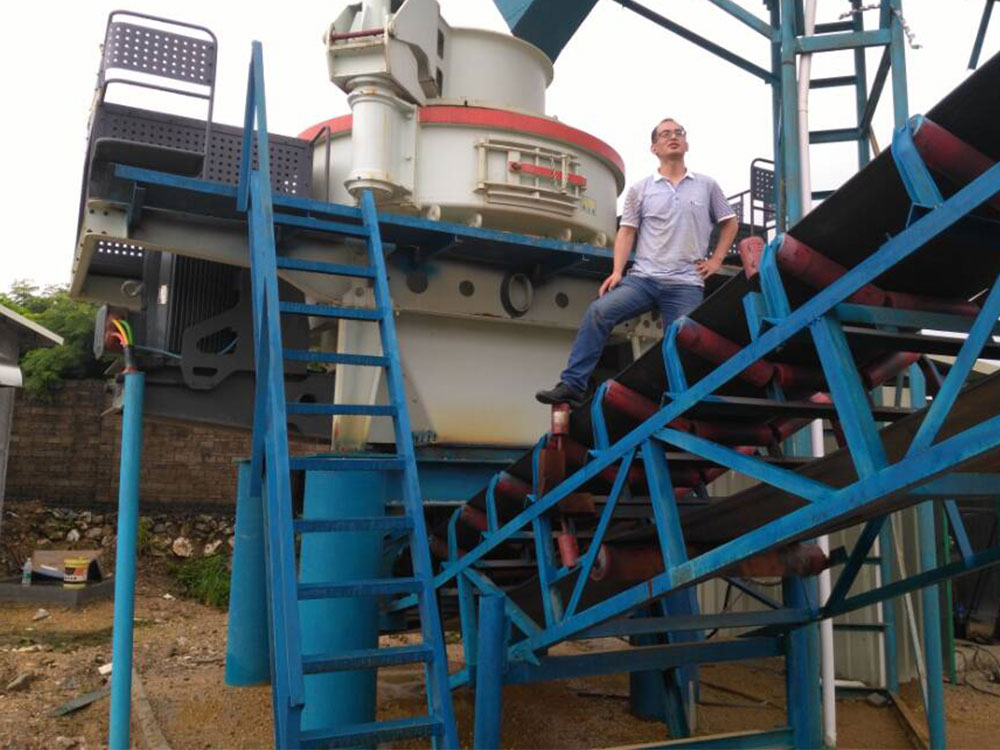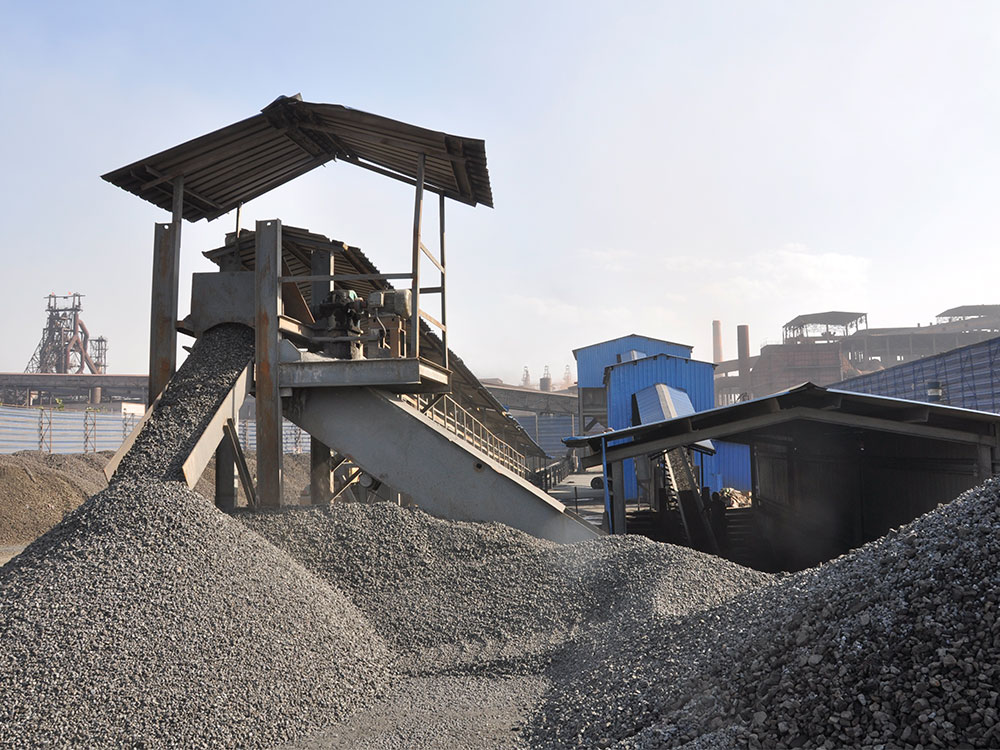The decision to use the "rock-on-rock" or "rock-on-iron" crushing mode is not a frivolous one, but rather a result of careful consideration and comprehensive consideration of a number of key factors. These key factors cover the physical properties of the material, the production goals we want to achieve, and the performance characteristics of the equipment. The following is a detailed and practical selection strategy to help you make an informed decision.
Selection based on material hardness and abrasiveness
Scenarios for "rock-on-rock"
Material characteristics: When the material is hard (usually not less than 6 on the Mohs scale) and highly abrasive, the "rock-on-rock" mode is often the first choice. Such materials include, but are not limited to, granite, basalt, and quartzite, which are known for their hard texture and strong abrasiveness.
Advantages: In this mode, the materials are crushed by impacting each other, which effectively reduces the wear of the metal parts of the equipment. In addition, due to the natural collision between the materials, the morphology of the finished particles is usually better, with a lower proportion of needle-like particles. This makes the "rock-on-rock" mode particularly suitable for occasions with specific requirements for particle morphology, such as high-end building materials manufacturing.
Disadvantages: Although the "stone-on-stone" mode has advantages in particle morphology, its crushing efficiency is relatively low. At the same time, due to the frequent collisions between materials, the content of powdery materials in the finished product is often high, which may require additional screening and processing steps.
Scenarios suitable for "stone-on-iron"
Material characteristics: For materials with low hardness (Mohs hardness usually does not exceed 5) and weak abrasiveness, such as limestone, dolomite and coal gangue, the "stone-on-iron" mode is more suitable.
Advantages: In this mode, the material directly hits the guard plate for crushing, which is efficient and direct. Therefore, the "stone-on-iron" mode is very suitable for large-scale sand making operations and can produce a large amount of finished sand in a short time.
Disadvantages: However, the "stone-on-iron" mode also has some shortcomings. Since the material directly hits the guard plate, the peripheral guard plate wears faster, which increases the maintenance cost of the equipment. In addition, due to the difference in crushing methods, the morphology of the finished particles may be slightly worse than the "stone-on-stone" mode.
Recommendations for equipment selection
After determining the appropriate crushing mode, the next step is to choose the right equipment. In the field of crushers, some advanced models such as VSI, VSI5X, and VSI6X series vertical shaft impact crushers provide us with flexible dual-mode conversion functions.
Recommended models: The VSI series vertical shaft impact crushers are known for their excellent performance and flexibility. Among them, the VSI5X series has undergone a number of technical upgrades based on the VSI series, further improving the crushing efficiency and finished product quality. The VSI6X series has improved the throughput of the equipment through improved design, and improved the finished product particle size by optimizing the overflow device to make it more uniform.
Advantages: These devices use an easily replaceable combined hammer head design, making maintenance more convenient. At the same time, they also have excellent wear resistance and can maintain stable performance in harsh crushing environments.
Balance between wear resistance and maintenance cost
When choosing a crushing mode, we also need to consider the wear resistance and maintenance cost of the equipment.
"Stone-on-Stone" mode: In this mode, the main wear part is the strike guard. Since the impact between materials reduces the wear of metal parts, the service life of the strike plate is relatively long. However, this also means that when the plate is worn to a certain extent, the entire plate needs to be replaced, which may increase maintenance costs.
“Stone-beating iron” mode: In this mode, wear is mainly concentrated on the peripheral plate and anvil. Since the material directly hits these parts, they wear faster. Therefore, the peripheral plate and anvil need to be replaced regularly to maintain the performance of the equipment. To reduce long-term maintenance costs, we can choose equipment with reversible peripheral plates and modular design of the throwing head (such as the VSI6X series). These designs make it easier and more economical to replace worn parts.
Matching of feeding method and production capacity
Finally, we also need to consider the matching of feeding method and production capacity.
Full center feeding method: This method is suitable for the "stone-beating iron" mode. Since the material directly hits the center plate for crushing, the production capacity is relatively low. But this also makes the equipment structure simpler and easier to maintain. Therefore, it is very suitable for small-scale sand making operations or occasions with low production capacity requirements.
Combination of center feeding and waterfall feeding: This method is suitable for mixed mode (i.e., using both "stone-on-stone" and "stone-on-iron" modes at the same time). By adjusting the size and position of the feed port, we can achieve uniform distribution and sufficient crushing of the material in the crushing chamber. This method can take into account both shaping and sand making needs, with high production capacity and stable finished product quality. Therefore, it is very suitable for large-scale sand making operations or occasions with high requirements for finished product quality.


